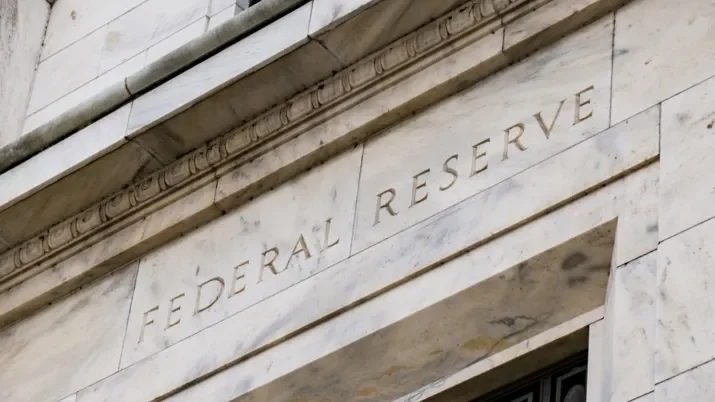Credit Still Being Cycled
Yesterday the Bank of England released its quarterly Credit Conditions survey, which as our regular readers know, along with the Fed’s Loan Officer survey and the ECB’s Bank Lending Survey, we consider to be an important indicator on the health of the credit cycle.
For the BoE survey the data was compiled in the period between 19th February and 9th March, so is not impacted by the acceleration of the trade tariff dispute nor the recent Russian sanctions, but is still an important barometer of how the underlying transmission mechanism is functioning.
In terms of supply, UK lenders report no significant change in the availability of secured credit to households, but demand decreased significantly in both prime and buy-to-let mortgages. The lenders expect this to be a temporary decline and demand should pick-up again in Q2. In terms of unsecured lending it should come as no surprise to read that availability had decreased significantly, as the warning signs were noted in the Q4-17 survey, although surprisingly demand was also down as households eased back on credit card demand. Once again the banks expect this demand to pick up in Q2.
With regards to pricing, the overall spreads on secured lending to households - relative to the bank rate - actually narrowed in Q1, a fifth consecutive quarter where there has been a tightening and is now at the tightest spread since the survey was introduced. For the unsecured sector there has been a sharp reduction in the interest-free period being offered for credit card balance transfers, with spreads also narrowing. Bucking the trend was the spread on lending to medium sized corporate entities which widened, whereas spreads to small and large entities actually tightened slightly.
UK default rates on secured household loans declined in Q1 but increased on unsecured loans (justifying the decline in supply), with lenders expecting this increase to continue into Q2. Losses on corporate loans were unchanged.
Overall the transmission mechanism appears to be functioning properly with no real sign of stress. We await the upcoming reports from the Fed (Senior Loan Officer’s Survey, expected early May) and the ECB (Bank Lending Survey, due 24th April) in due course, but for now the credit cycle continues without any major concerns regarding a slowdown or abrupt end.



